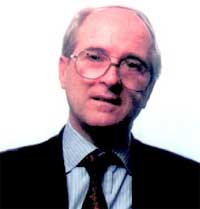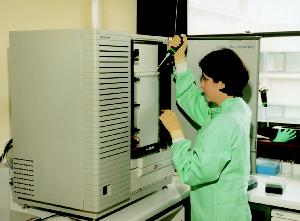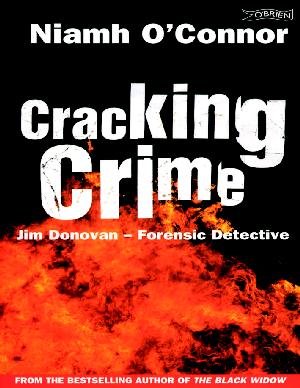| 2002 |

|
YEAR BOOK |
THE FORENSIC SCIENCE LABORATORY
|
The Forensic Science Laboratory
|

It is perhaps necessary to look first at the section dealing with the analysis of controlled substances because, like many forensic labs in the Western World, such work has grown to enormous proportions. From the Criminal Law point of view, it is an offence to have any quantity of a controlled substance in one�s possession, so detection is made of quantities not visible to the naked eye and prosecutions result: however many cases have large quantities of material. The most common of all substances is Cannabis Resin, followed by Heroin, methylene-dioxy-methyl-ampheta-mine (Ecstasy), Cocaine, amphetamine. Others occur in lesser quantities, namely, LSD, magic mushrooms, benzodiazepines with flunitrazepam mentioned in relation to Drug Assisted Rape, and also Cannabis herb.
Beside the offences relating to the possession and supplying of drugs, there is a wide variety of other crimes associated with drugs � such as gang land murders, beatings, money laundering etc. Normally the laboratory would have input into these offences.
The Biology section deals with the scientific evidence arising from murder, assaults and sex offences. This work involves the identification of blood distribution patterns, the finding of semen and blood, the use of DNA profiling to determine paternity of a dead body and the originator of body fluids present. Also relevant here is the finding of head and body hairs and their comparisons to identify the origin or source. Clothing fibres can also be very relevant in linking victim and assailant.
DNA profiling of body fluids is a powerful technique. In 1999 the Laboratory introduced PCR (Polymer Chain Reaction) based profiling to replace the slower RFLP (Restriction Fragment Length Poly-morphism) analysis. DNA profiles can now be obtained from any human material that yields DNA. Very small blood stains, traces of semen from clothing and vaginal swabs, foreign skin tissue under fingernails, saliva from cigarette ends, stamps and chewing gum and a single hair can all yield results.
In conjunction with most Forensic Laboratories, we are currently employing the SGM Plus (Second Generation Multiplex) system. This system comprising eleven loci includes a gender marker and has a discrimination power of greater than 1 in 1,000 million. SGM Plus encompasses four Interpol loci. Most European countries use these core loci to facilitate the possible exchange of information between jurisdictions.

The Chemistry section deals with soleprints left at a crime scene impressed in soil or left on flat surfaces etc. Positive identification of the mark can be made and a positive identification of the culprit made when he is apprehended. When a hand discharges a firearm the hand gets unique particles which are visualised and identified by a Scanning Electron Microscope. In the past the analysis of material to prove it is explosive was a most important aspect of the section but that has declined with the Belfast Agreement.
In this section, the demonstrating that a particular vehicle struck and killed a pedestrian is a very good example of forensic science in that, when the moving car strikes the body, the headlamp glass is likely to be broken and left at the scene indicating the model of car; the body then bounces on the bonnet making paint melt into the weave of the clothing and allowing the scientist to identify the colour and composition and, from that, the make and model of car involved.
Demands on the laboratory can change � such as the examination of cattle ear tags to verify if they had been transferred between animals for which the farmer illegally receives an extra EU subsidy.

Contact: Dr Jim Donovan,
Forensic Science Laboratory,
Garda Headquarters, Phoenix Park,
Dublin 8; Tel: 666-2900; Fax: 666-2638;
E-mail: [email protected]